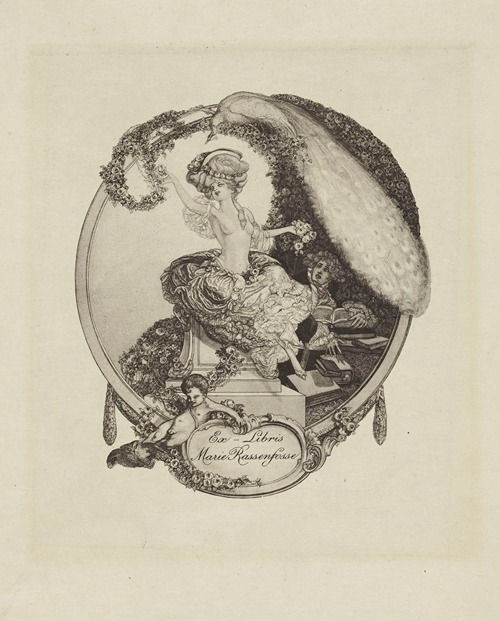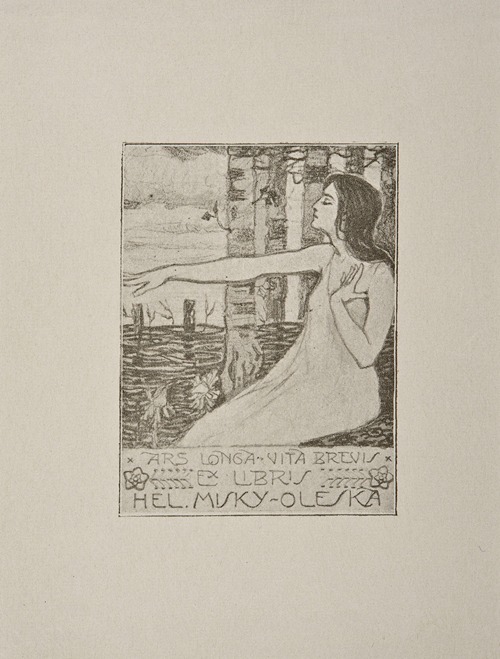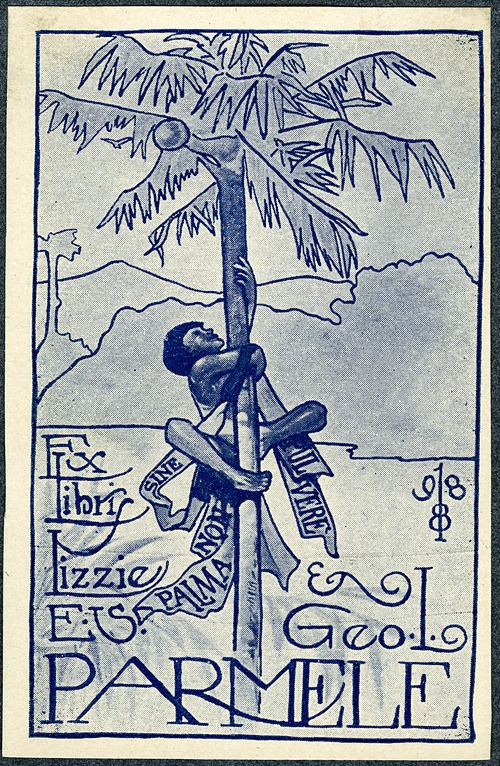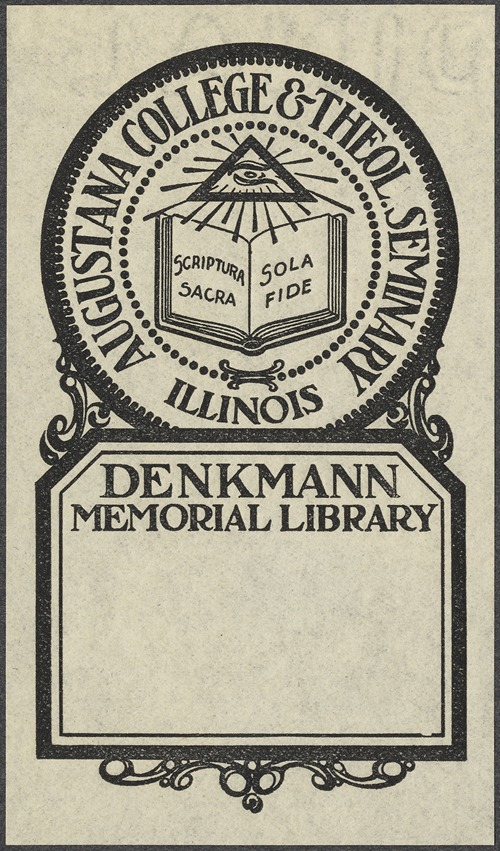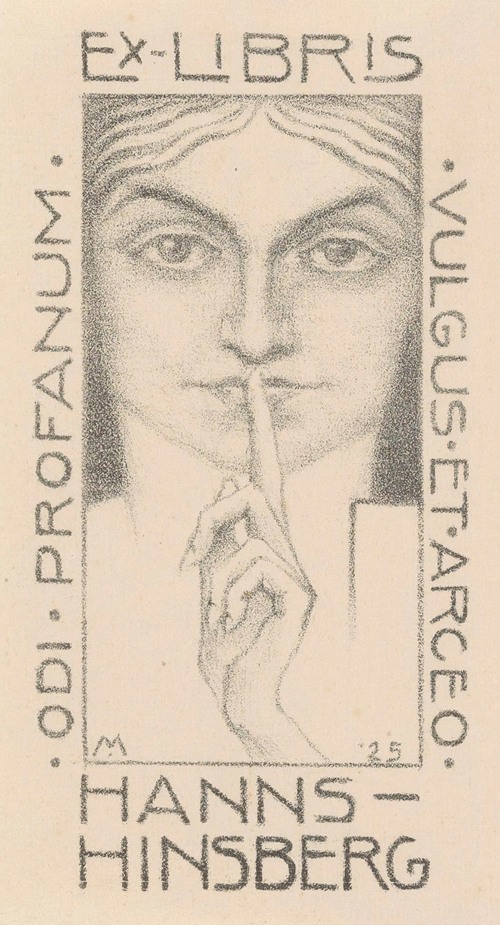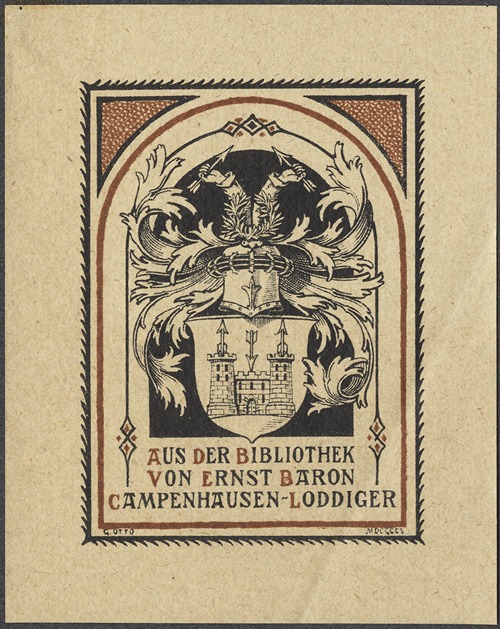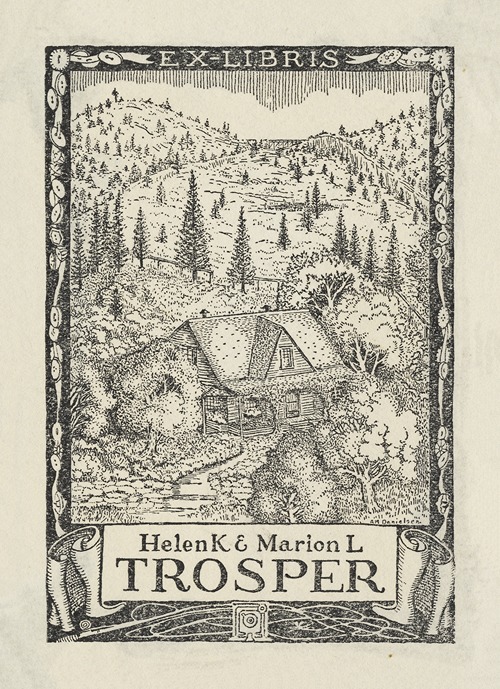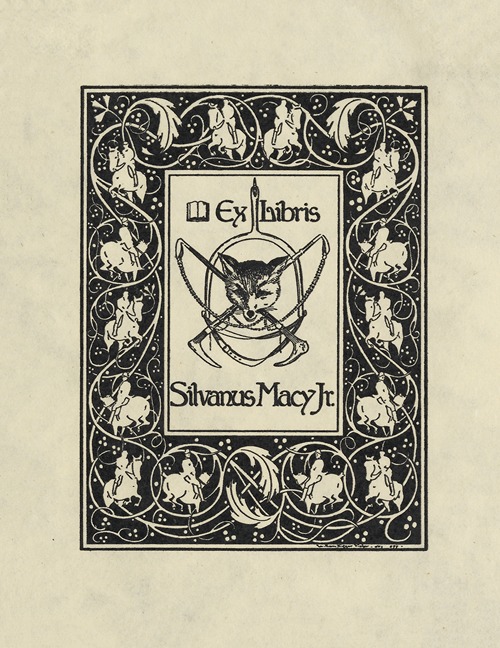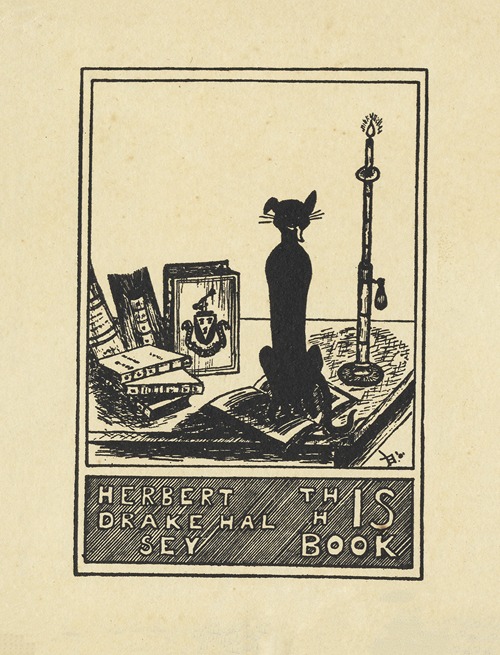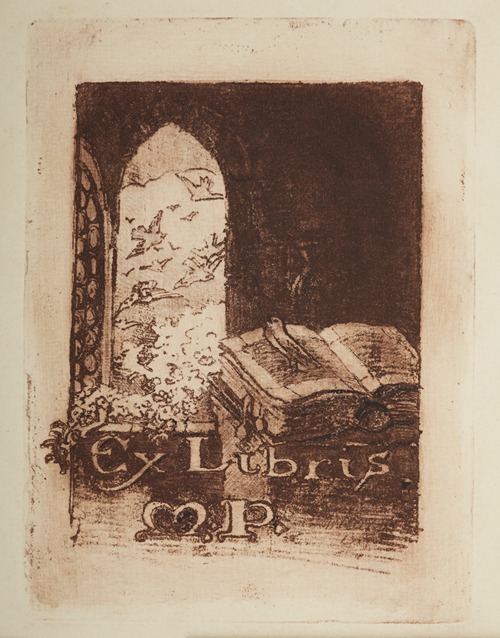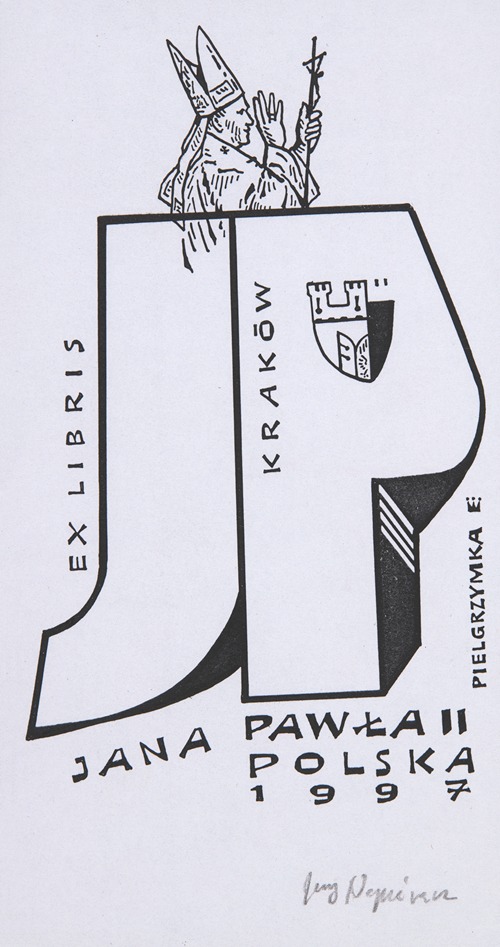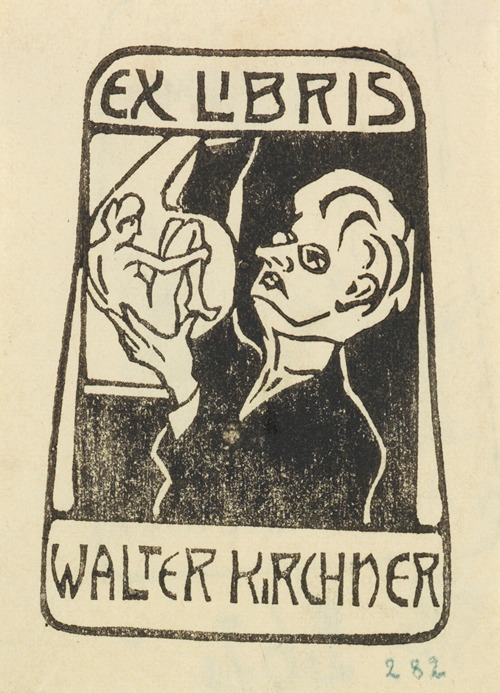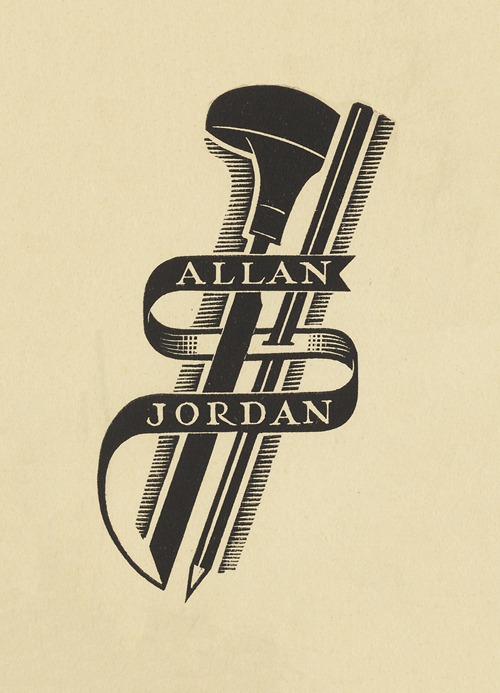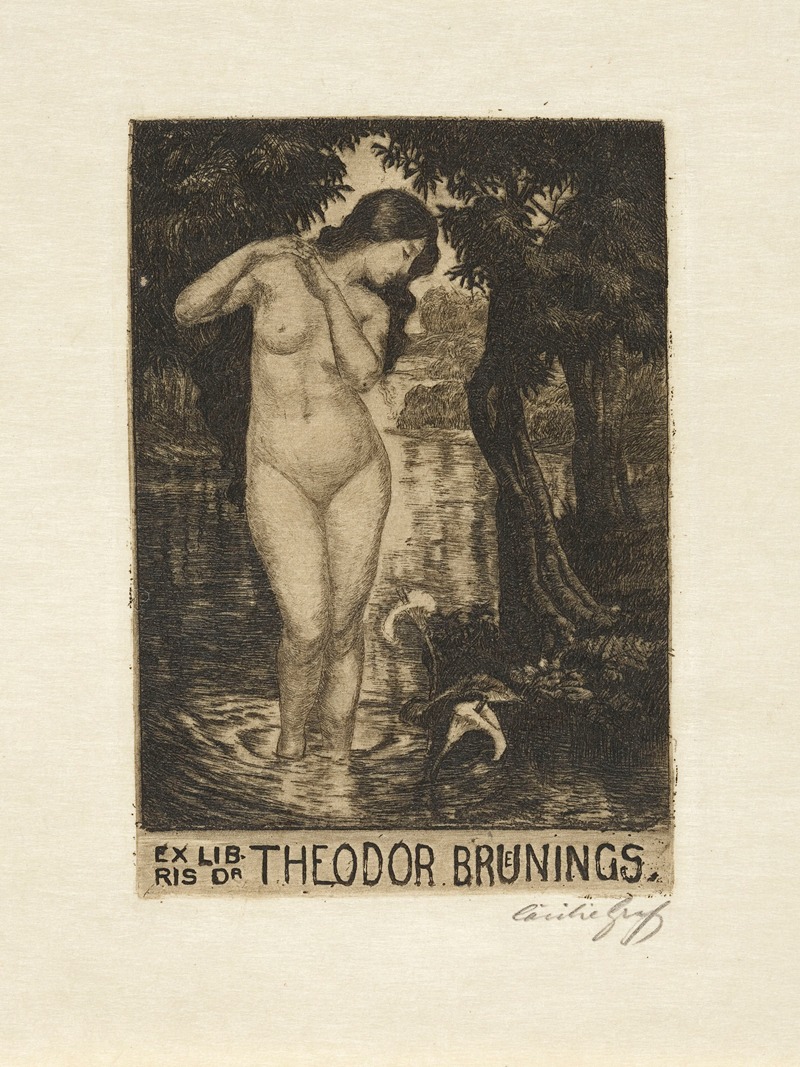
Cäcilie Graf-Pfaff was a German painter and graphic artist of the Naturalism movement.
Cäcilie Pfaff was born on August 5, 1868, in Erlangen, where she spent her childhood. From the Burgberg hill near Erlangen, where her father Friedrich Pfaff, professor of mineralogy at the University of Erlangen, had a large garden, she could see as far as Nuremberg. At the age of twelve, she began taking painting lessons, and at sixteen she was allowed to move to Munich to study at the Royal School of Applied Arts. She was also a private student of Gabriel von Max (1885), Alexander von Liezen-Mayer (1886), and Nikolaus Gysis (1887/88).
She was first married to the painter Wilhelm Bader. After divorcing Bader, she married the Freiburg painter Oskar Graf in 1902 and changed her name to Graf-Pfaff. She accompanied his development in the field of etching, which he also taught her. "[Oskar] Graf himself writes about this unique partnership: 'Each gave the other what he could, and in all their work there was a fusion of similar thoughts and similar aspirations. Is it any wonder that the artistic styles of the two became increasingly similar over the years (much like the handwriting of some married couples), and that some pictures were created as a joint effort [emphasis in the original]?"
Their works “Das Nabtal” (The Nab Valley), “Till Eulenspiegel,” “Mondnacht” (Moonlight), “Franziskus predigt den Vögeln” (Francis Preaching to the Birds), “Der blinde Geiger” (The Blind Violinist), “Traumbrücke” (Dream Bridge), ‘Traumgestalten’ (Dream Figures), and “Mutterliebe” (Motherly Love) are among their best-known works. The two pictures “Hohenstaufenburg in Italien” and “Felsenwelt in der Sächsischen Schweiz” are in the possession of the German Historical Museum in Berlin. Also noteworthy are her cityscapes from Italy and Meersburg on Lake Constance. Her pictures reveal a tendency toward a poetic, dreamy interpretation. Her etchings appeared in the annual portfolios of the Verein für Original-Radierung (Association for Original Etching), of which she was also a member.
Graf-Pfaff also loved Japanese and Chinese art. Under her direction, the major exhibition “Japan and East Asia in Art” was held in Munich in 1909. In 1925, the Deutsche Verlagsanstalt in Stuttgart published the “Japanische Gespensterbuch” (Japanese Ghost Book) with 142 illustrations, for which she wrote the text.
From 1923 to 1933, she was deputy chairwoman and from 1933 to 1940 chairwoman of the Munich Women Artists' Association. During the Nazi era, she was a member of the Reich Chamber of Fine Arts. During this period, she is known to have participated in 11 exhibitions, including the Great German Art Exhibition in 1938 and 1939, with one landscape painting each.
Graf-Pfaff was also active as a poet, writing poems to accompany her husband's war etchings, who was also a war painter. The couple's war etchings and poems were published by Bruckmann-Verlag in Munich.
Cäcilie and Oskar Graf lived together in Freiburg im Breisgau, then in Dachau from 1902, and finally in Munich-Schwabing. She died on July 8, 1939, in Nuremberg and was buried in the Waldfriedhof cemetery in Munich.
